
Related
Today marks the 73rd anniversary of the United States’ atomic bombing of Hiroshima on August 6, 1945, which killed 140,000 people and seriously injured another 100,000. In remembrance, we turn to the words of a Hiroshima survivor, or hibakusha. Koji Hosokawa was 17 years old when the U.S. dropped the atomic bomb on Hiroshima. His 13-year-old sister Yoko died in the bombing. He gave us a tour of the city when Democracy Now! was in Japan in 2014. He spoke to us near the A-Bomb Dome in Hiroshima, one of the few structures in the city that survived the atomic blast.
Transcript
AMY GOODMAN: We end today’s show on the 73rd anniversary of the U.S. atomic bombing of Hiroshima August 6, 1945, which killed 140,000 people, injured another 100,000. We end with the words of a Hiroshima survivor, a hibakusha, Koji Hosokawa, 17 years old when the U.S. dropped the atomic bomb on Hiroshima. His 13-year-old sister Yoko died in the bombing. He gave me a tour of Hiroshima when we were there a few years ago. He spoke to us near the A-Bomb Dome.
KOJI HOSOKAWA: [translated] The A-bomb was dropped in Hiroshima and also one in Nagasaki. And I think that atomic bombs were dropped not just on our cities, but on the whole human beings. And so, I have many things to talk about, about my experience of the A-bomb, but if the next one, the third A-bomb is to be dropped, then the Earth will be annihilated. I want people to understand, this is going to be—you know, the Earth is going to be annihilated. So whenever I talk, I want them to understand this.
The Peace Memorial Park, until the A-bomb, people lived here. Everything was destroyed. Everyone died around this area. The Peace Memorial Park is a beautiful park today, with so many trees. But later, they planted small trees, and after decades these trees became bigger, and now a very beautiful park today.
AMY GOODMAN: That’s Koji Hosokawa, speaking in front of the Peace Museum in Hiroshima. As he looked down at the ground, he said, “People lived here. People lived here.” To see our whole interview with him when we were in Hiroshima, go to democracynow.org.

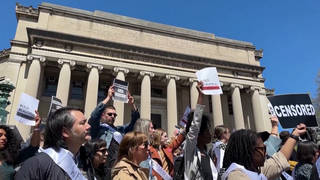
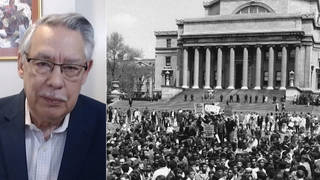
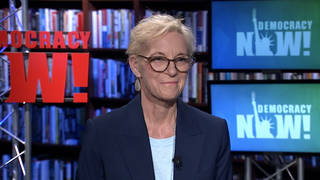
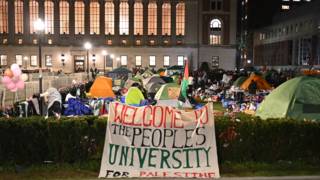





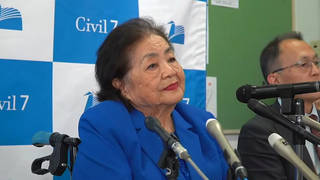
Media Options